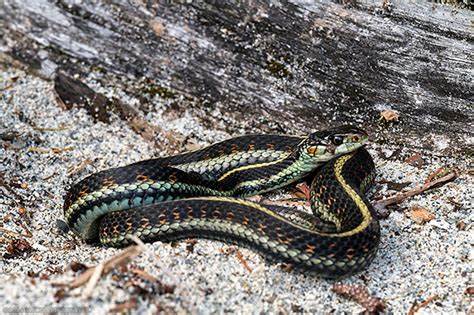Snakes have long fascinated scientists and nature enthusiasts alike with their remarkable ability to navigate environments despite lacking limbs, external ears, and traditional visual acuity. While many people know that snakes use their forked tongues to “taste” the air and their heat-sensing pits to detect prey, fewer understand their sophisticated use of vibration detection. This sensory capability allows snakes to perceive their surroundings in ways humans can barely comprehend. Whether they’re hunting prey, avoiding predators, or finding mates, snakes’ vibration detection skills play a crucial role in their survival. This article explores the fascinating indicators that reveal when a snake is relying on vibration to navigate its world, offering insight into one of nature’s most elegant sensory adaptations.
The Anatomical Basis of Vibration Detection in Snakes

Snakes possess a remarkable anatomical adaptation that enables them to detect vibrations with extraordinary sensitivity. Unlike humans who rely on eardrums, snakes use their jawbones—particularly the quadrate bone—which connects directly to their inner ear structures. This bone-conduction system allows vibrations from the ground to travel through a snake’s body and into its skull, where specialized receptors transform these mechanical signals into neural impulses. Additionally, a snake’s entire body, being in contact with the ground, acts as a massive receptor for ground-borne vibrations. The skeletal structure of snakes, featuring hundreds of vertebrae and ribs, creates an excellent conduction network for transmitting vibrations throughout their body. This sophisticated system allows snakes to detect vibrations too subtle for humans to perceive, giving them a remarkable advantage in their environments.
Freeze Response to Ground Vibrations
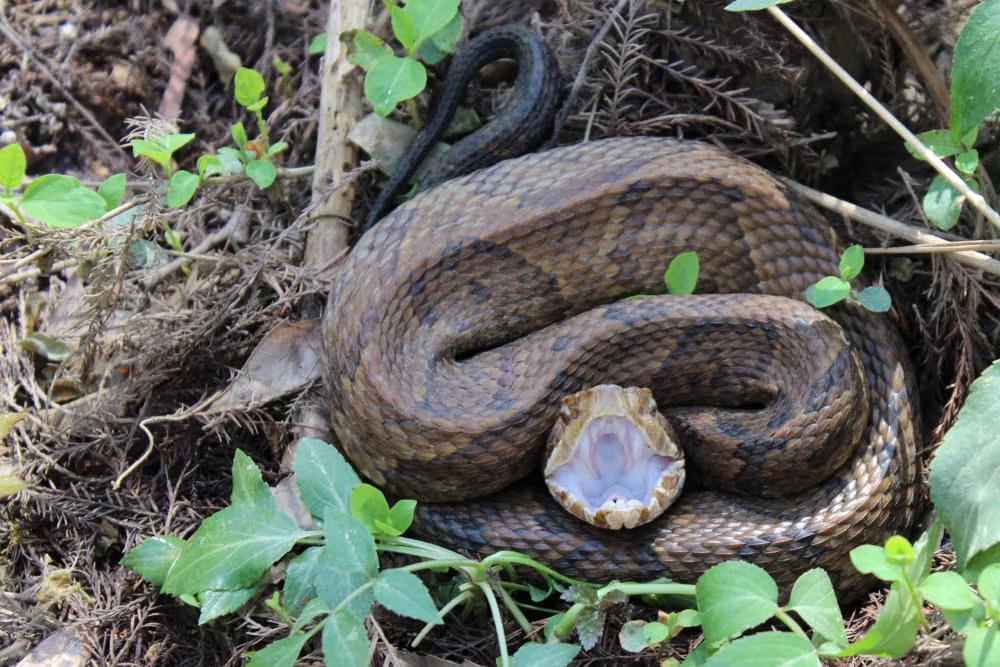
One of the most obvious indicators that a snake is navigating by vibration is the characteristic freeze response exhibited when it detects ground-borne movements. When a snake suddenly becomes completely motionless—holding its body in a rigid position while previously engaged in movement—it’s likely responding to vibrations detected through its jaw and body. This behavior serves two essential purposes: it helps the snake better analyze the source and nature of the vibration without creating interfering movements, and it can act as a defensive mechanism to avoid detection by potential predators. The duration of this freeze can vary from a few seconds to several minutes, depending on the snake’s assessment of the vibration’s significance. Observing this abrupt transition from movement to complete stillness, particularly in response to ground disturbances that humans might not even perceive, provides strong evidence that the snake is utilizing its vibration detection system.
Head Pressing Against Surfaces

When a snake deliberately presses its head or jaw against a surface, it’s often attempting to enhance its vibration detection capabilities. This behavior maximizes the contact between the snake’s highly sensitive jawbone and the vibration-transmitting medium. You might observe a snake holding its head flat against the ground, a log, or even the walls of its enclosure while remaining unusually still. This position allows the snake to create a more direct pathway for vibrations to travel from the surface to its inner ear structures. The pressure applied during this behavior increases the efficiency of vibration transmission, similar to how placing your ear against a wall helps you hear sounds from the other side. In laboratory settings, researchers have documented that snakes will press their heads against surfaces that emit even the faintest vibrations, demonstrating the importance of this behavior for gathering sensory information about their environment.
Directional Body Alignment
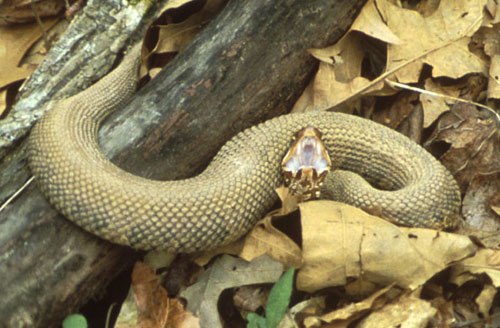
Snakes often demonstrate a fascinating behavior of aligning their bodies in specific directions to better detect vibrations. This deliberate positioning resembles the way humans might turn their heads to better hear a distant sound. When a snake orients its body perpendicularly to the direction of a vibration source, it’s creating optimal conditions for its entire length to act as a vibration receptor. You may notice a snake shifting its position repeatedly, seemingly without purpose, when in fact it’s triangulating the source of vibrations. This behavior is particularly evident when snakes hunt burrowing prey like rodents or when they detect the movement of potential threats. The snake may align itself several times, processing the vibration information with each new position, before making a decisive movement toward or away from the source. This methodical repositioning provides clear evidence that the snake is actively using vibration cues to navigate its environment.
Tongue Flicking Patterns

While a snake’s tongue is primarily associated with collecting chemical information, specific tongue-flicking patterns can indicate that a snake is supplementing chemosensory data with vibration detection. When a snake is heavily relying on vibration for navigation, you’ll often observe an increase in the frequency and duration of tongue flicks, particularly when the tongue is held close to or touching the ground. This combined sensory approach allows the snake to create a more complete picture of its surroundings. The tongue flicking typically becomes more rapid and sustained when the snake detects interesting vibrations, as it attempts to gather complementary chemical information about the vibration source. Researchers have noted that this integrated sensory behavior is especially prominent when snakes are tracking prey that has gone out of sight but continues to create ground vibrations. The coordination between tongue sampling and vibration detection represents a sophisticated multi-sensory approach to environmental navigation.
Substrate Tapping Behavior
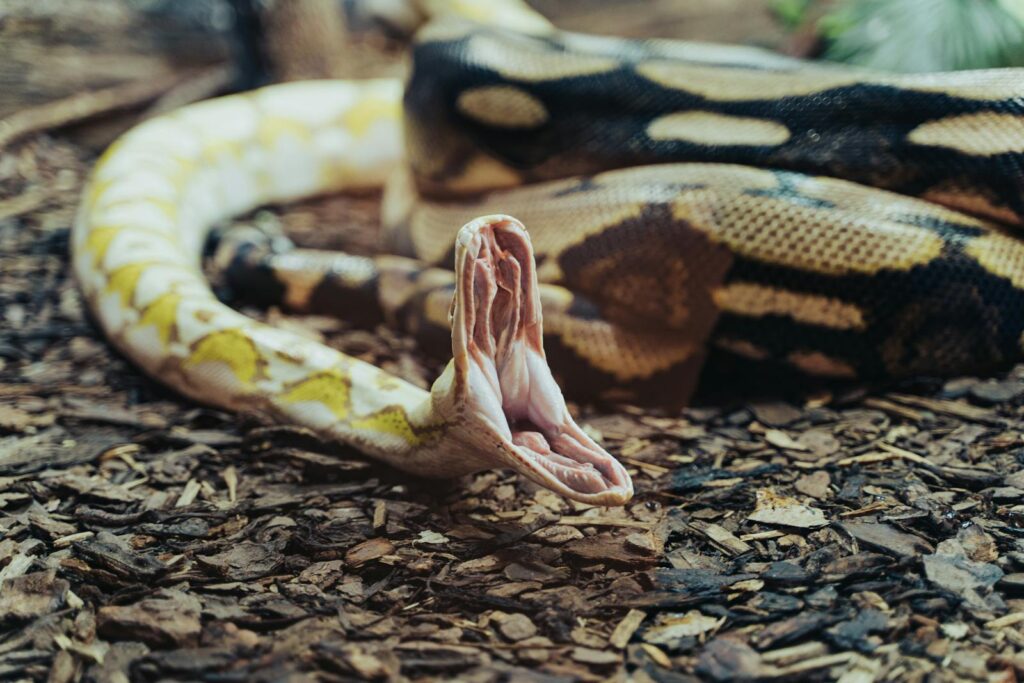
Some snake species engage in a fascinating behavior known as substrate tapping, which directly indicates their use of vibration for navigation and communication. This behavior involves the snake deliberately striking its head or tail against the ground in rhythmic patterns. When you observe a snake performing these tapping motions, it’s actively creating vibrations to elicit responses from prey or potential mates hidden underground or in dense vegetation. This behavior is particularly well-documented in certain vipers and boas, which use it as a hunting technique to startle hidden prey into movement, creating telltale vibrations that reveal their location. The frequency and intensity of these taps appear calibrated to the specific environment and target. In captivity, snakes may occasionally exhibit this behavior against enclosure walls or objects, especially when exploring new environments, demonstrating the importance of vibration not just for detection but also for active investigation of their surroundings.
Hunting Behavior Without Visual Cues
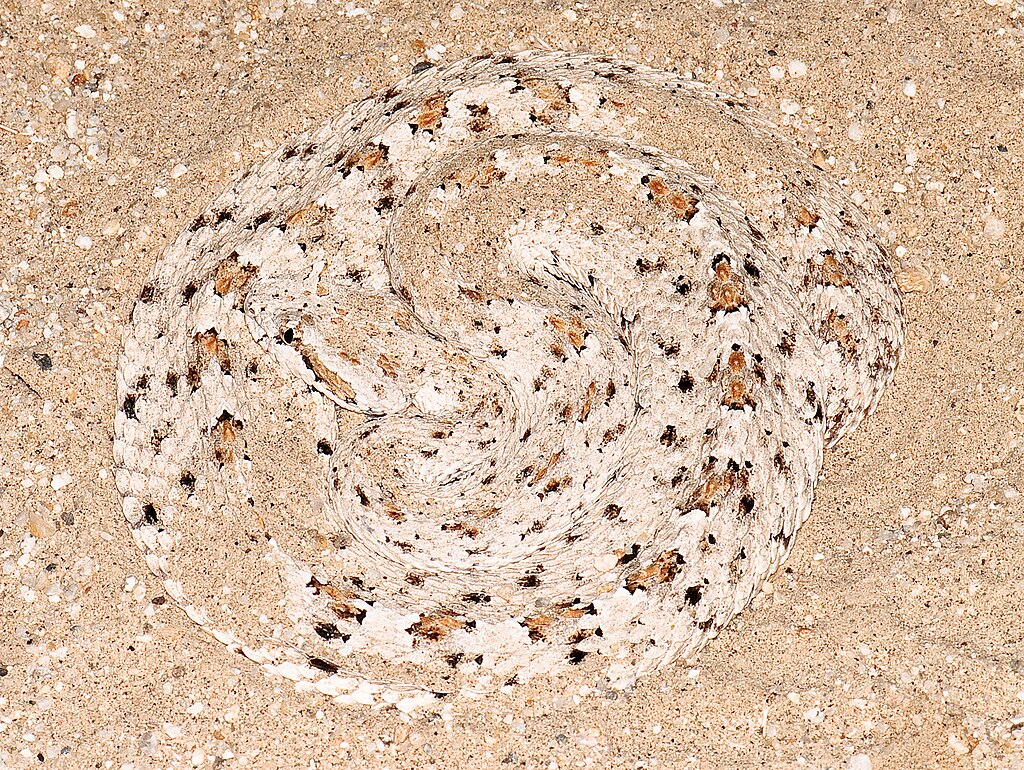
A compelling indication that a snake is navigating by vibration occurs when it successfully hunts prey despite the absence of visual or heat signature cues. When a snake accurately strikes at prey hidden under substrate, behind obstacles, or in complete darkness, it’s likely relying heavily on vibration detection. This remarkable ability is particularly evident in species like the sand boa or sidewinder rattlesnake, which can precisely locate and capture prey buried several inches beneath desert sand. The snake’s strike accuracy in these conditions is far too consistent to be coincidental or based on other senses alone. Researchers testing this capability have documented snakes responding to artificial vibration sources that mimic prey movements while ignoring identical visual or chemical lures that lack the vibration component. This specialized hunting behavior, where strikes are aimed at the source of subtle ground movements rather than visible targets, provides conclusive evidence of vibration-based navigation.
Vibration Avoidance Responses
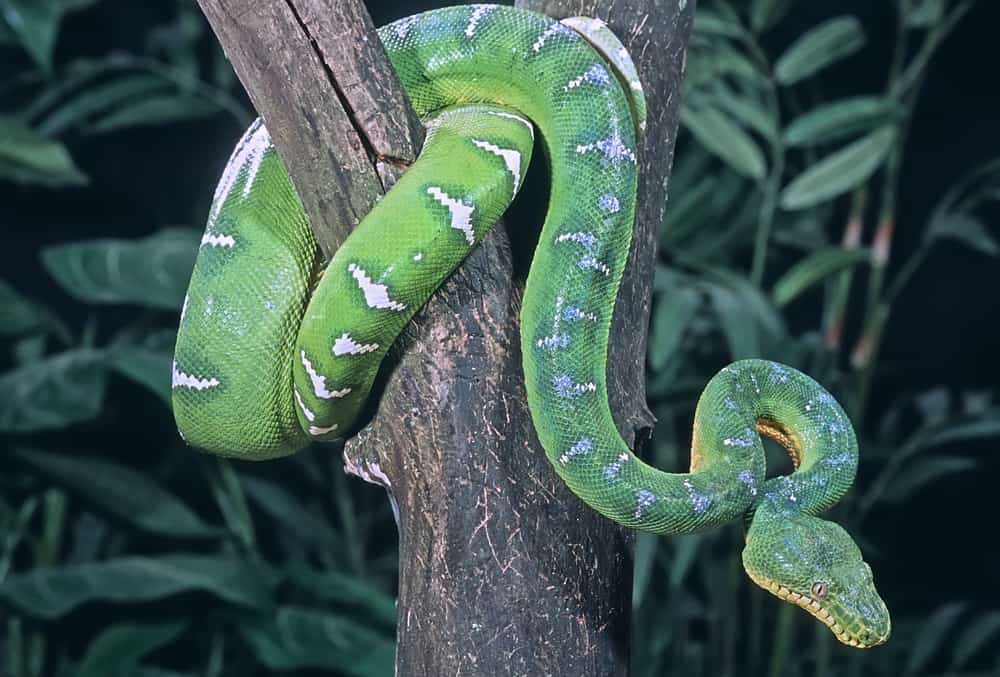
Snakes display distinct avoidance behaviors when they detect threatening vibrations, providing clear evidence of their vibration-based navigation system. When confronted with regular, heavy vibrations that might signal an approaching predator, many snake species will exhibit rapid retreat behaviors, often heading in directions precisely opposite to the vibration source. This directional escape indicates not just detection of vibrations but also accurate processing of their directionality and intensity. In experimental settings, researchers have demonstrated that even blindfolded snakes can effectively avoid artificial vibration sources designed to mimic predator movements. The threshold for this response varies significantly between species, with burrowing snakes typically showing greater sensitivity than arboreal species. This differential sensitivity makes ecological sense, as ground-dwelling snakes must rely more heavily on vibration detection to compensate for limited visibility in their subterranean habitats.
Defensive Posturing in Response to Vibrations
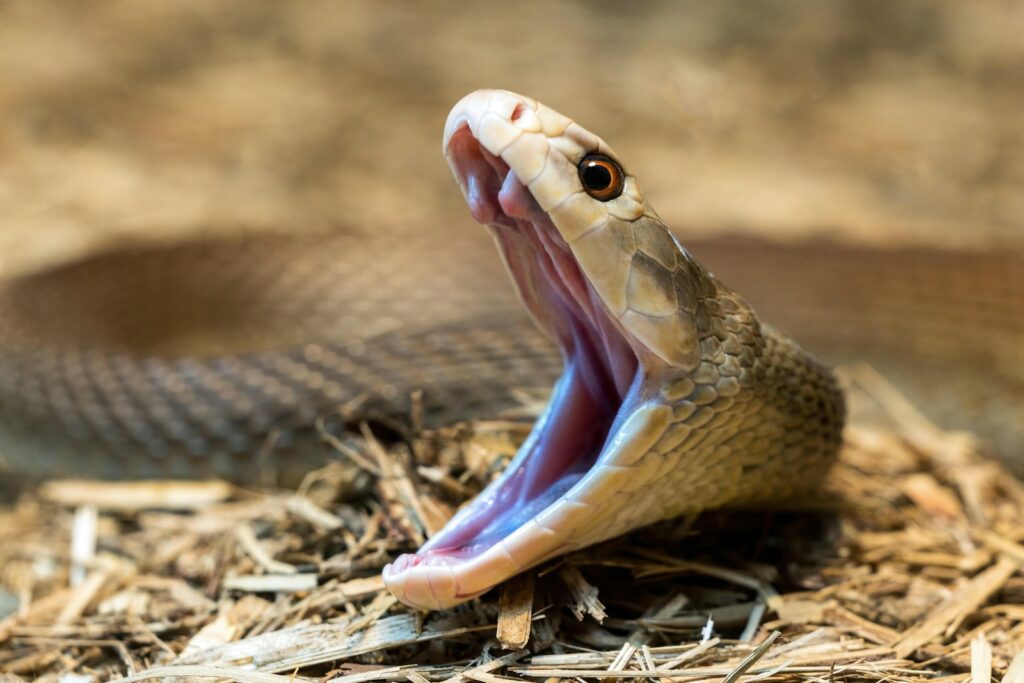
When a snake immediately shifts into a defensive posture following ground vibrations, despite no visual stimulus, it’s demonstrating clear reliance on vibration detection for navigation and threat assessment. This response typically includes raising the head and neck into a strike position, flattening the body to appear larger, or coiling tightly while facing the vibration source. The timing of these postures is particularly telling—occurring within seconds of vibration onset but before any visual confirmation of the threat. Different snake species have evolved specialized defensive positions that correlate with their primary vibration detection capabilities. For instance, rattlesnakes may begin rattling their tails when they detect approaching vibrations, serving both as warning to the potential threat and as a means of masking their own position by creating confusing vibration patterns. This immediate translation of vibration information into complex defensive behaviors highlights the sophisticated neural processing dedicated to this sensory modality.
Differential Responses to Vibration Frequencies
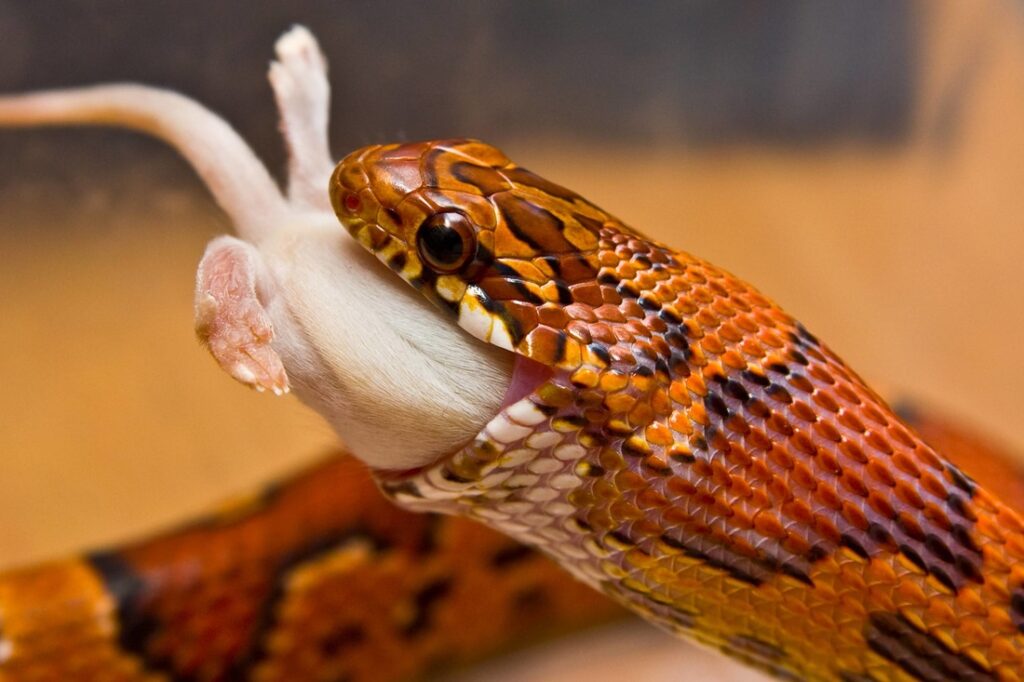
Snakes display remarkably different behavioral responses depending on the frequency and pattern of vibrations they detect, indicating a sophisticated vibration processing system. Low-frequency vibrations (typically below 100 Hz) that resemble large animal footsteps often trigger defensive or escape behaviors, while higher-frequency vibrations similar to those produced by small prey animals may elicit hunting responses. This frequency discrimination allows snakes to efficiently categorize environmental vibrations without visual confirmation. The specificity of these responses can be observed when a snake reacts differently to identical visual stimuli that produce different vibration patterns. For example, a snake might ignore a visually obvious object that moves without creating ground vibrations while responding intensely to a hidden object creating subtle vibrations. This selective response mechanism has evolved through natural selection, as snakes that accurately interpreted vibration frequencies gained significant survival and hunting advantages over less sensitive counterparts.
Mating Behavior Triggered by Vibrations

During breeding season, many snake species rely heavily on vibration detection to locate potential mates, providing observable evidence of vibration-based navigation. Male snakes often exhibit distinctive searching behaviors that follow vibration gradients created by female movements, even when the female is not visible or producing airborne sounds. This vibration-guided mate-seeking behavior typically includes increased tongue flicking, rhythmic body movements against the ground, and directional travel that efficiently leads the male to the female’s location. The precision of this navigation is remarkable, with males able to follow complex vibration trails across varied terrain and around obstacles. Researchers studying this behavior have successfully attracted male snakes using artificial vibration generators that mimic female movement patterns, while identical chemical lures without vibrations prove far less effective. This reproductive reliance on vibration detection underscores its fundamental importance to snake survival and reproduction strategies.
Behavioral Changes in Different Substrates

A snake’s navigation behavior changes noticeably when moving across substrates with different vibration transmission properties, providing clear evidence of vibration-based orientation. On loose sand or soft soil that dampens vibrations, many snake species will move more cautiously, frequently pausing to press their heads against the ground to compensate for reduced vibration transmission. Conversely, on hard-packed soil or rock that conducts vibrations efficiently, the same snake may move with greater confidence and speed, relying on the enhanced vibration information available. These behavioral adjustments are especially apparent when a snake transitions between substrate types, often demonstrating an immediate change in movement pattern, head position, and tongue-flicking frequency. Desert-dwelling species show particularly dramatic behavioral shifts between sand and rock surfaces, having evolved specialized sensitivity to the vibration characteristics of their arid environments. This adaptation to substrate-specific vibration conditions represents a sophisticated environmental awareness that guides a snake’s moment-to-moment navigation decisions.
Testing for Vibration Navigation in Captive Snakes
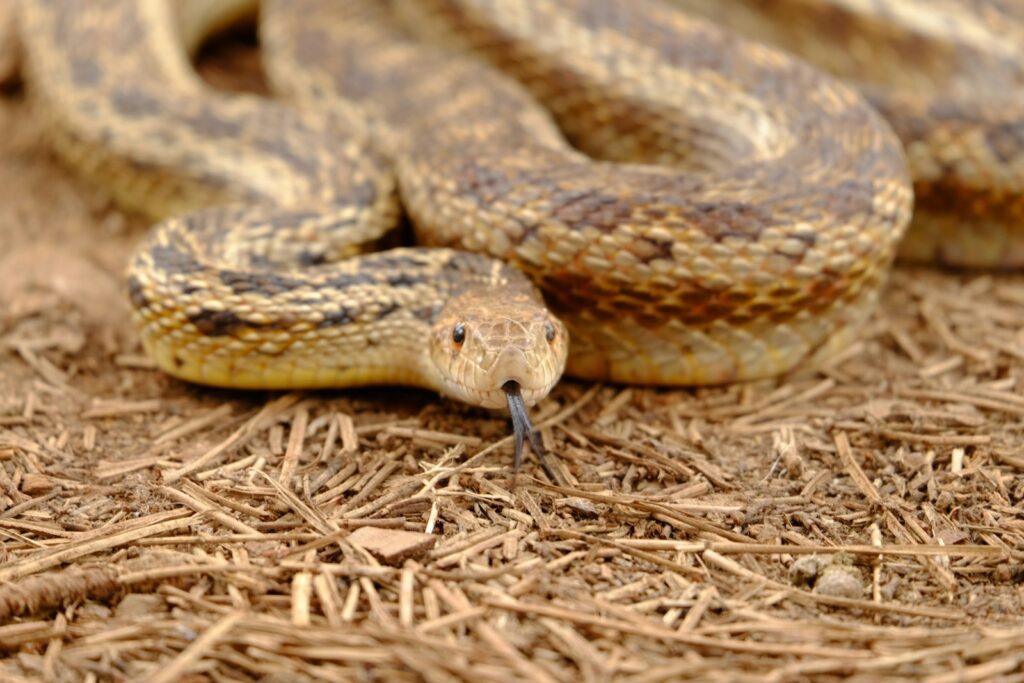
For snake owners or researchers, there are several methods to confirm whether a captive snake is using vibration for navigation. A simple test involves creating controlled vibrations on one side of the enclosure while observing the snake’s response, such as head orientation, tongue flicking, or movement toward or away from the vibration source. It’s important to eliminate other sensory cues during testing by conducting observations in dim light and with minimal airflow that could carry scents. More sophisticated testing might involve creating two identical visual and scent stimuli but applying vibration to only one, then documenting which stimulus elicits a stronger response. Consistently repeated tests with varied vibration frequencies can reveal remarkable specificity in a snake’s vibration detection capabilities. When conducting such tests, it’s essential to use vibration intensities within natural ranges to avoid causing stress or habituation, which could skew results and potentially harm the snake’s well-being.
The ability of snakes to navigate using vibrations represents one of nature’s most elegant sensory adaptations. By observing behaviors such as freeze responses, head pressing, directional alignment, and substrate-specific movement patterns, we can gain valuable insights into how these remarkable reptiles perceive their world. This vibration-based navigation system enables snakes to hunt effectively, avoid dangers, find mates, and thrive in diverse environments despite lacking limbs and traditional hearing structures. Understanding these indicators not only satisfies scientific curiosity but also provides practical knowledge for wildlife observers, snake keepers, and conservation efforts. As research continues to uncover the neurological and behavioral complexities of snake vibration detection, we gain a deeper appreciation for the sophisticated sensory capabilities that have allowed these animals to succeed for millions of years across virtually every terrestrial habitat on Earth.

